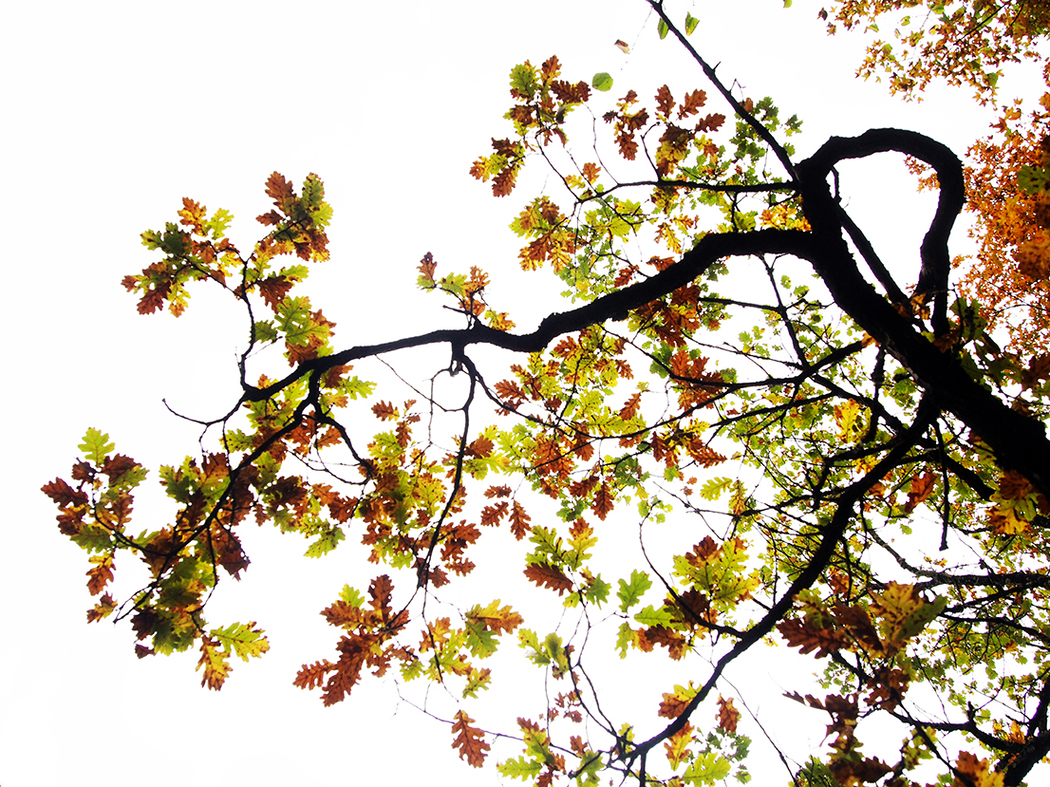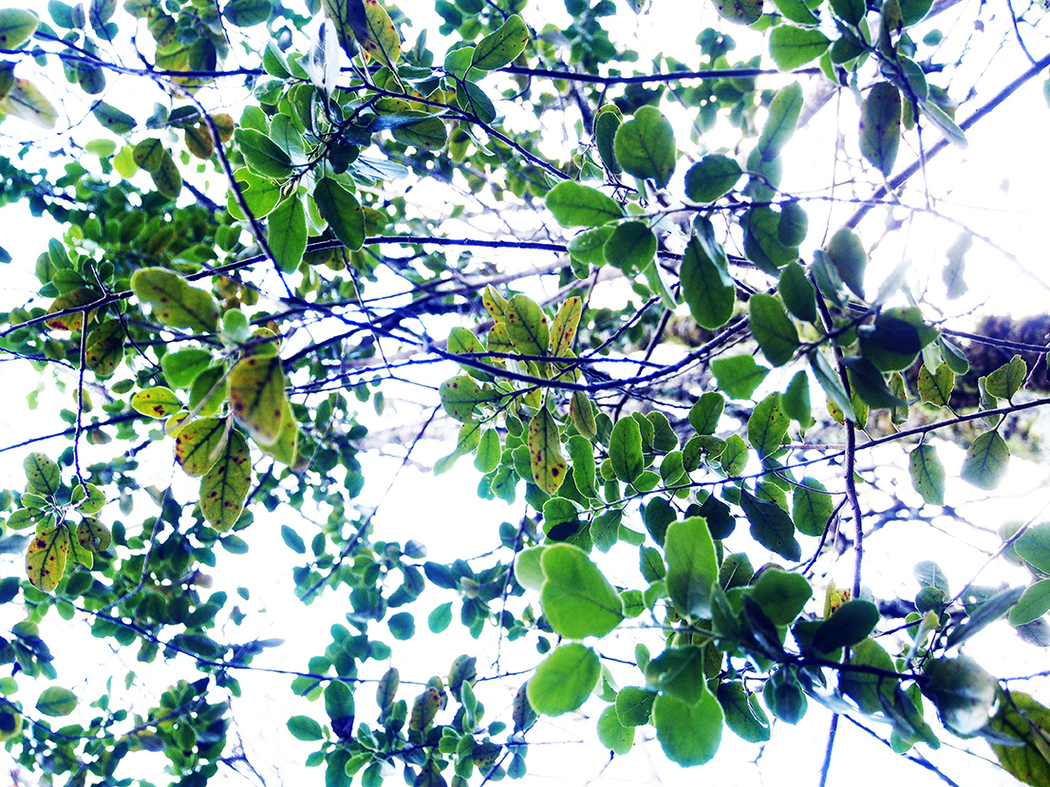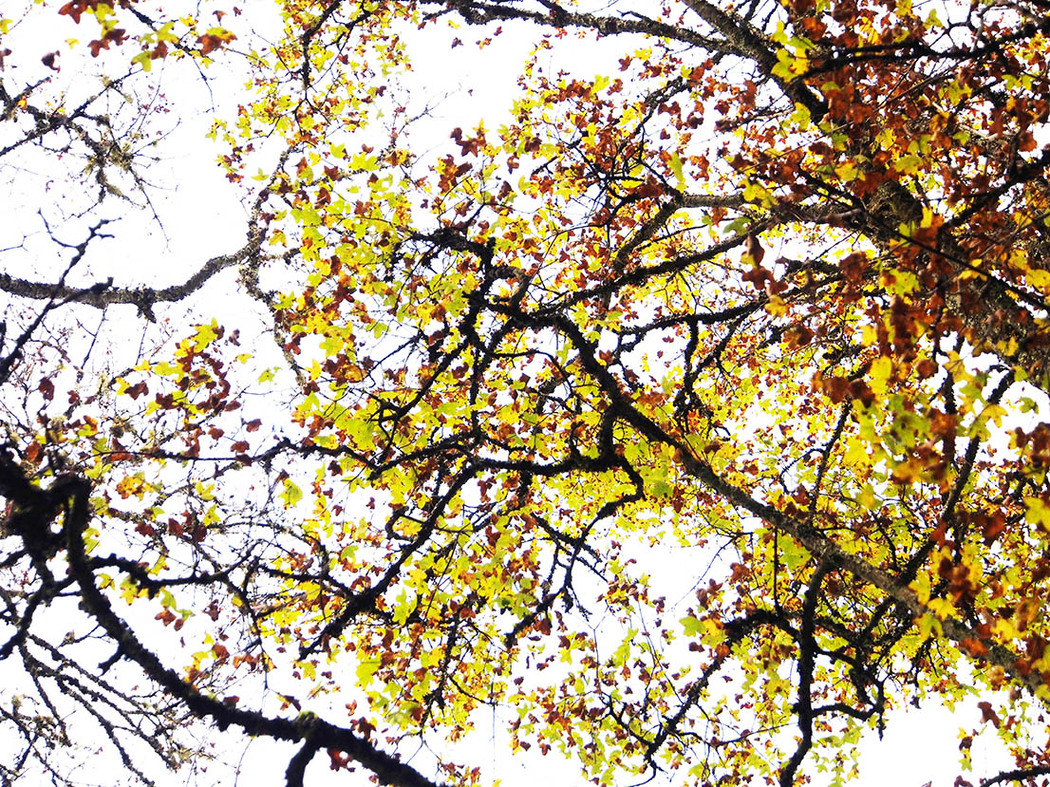Marie Leroy
Year of birth: 1984
Where do you live: in the Lot, in south west of France
Describe your art in three words: optimism, imagination, light
Your discipline: photography
Website
 © Cécile Plessis cecileplessis.com
© Cécile Plessis cecileplessis.com
Your series “Arbonirisme” blends the beauty of trees with the concept of dreams. How did you come up with the idea for this project?
During the pandemic, like everybody else, I couldn’t practice street or concert photography, but I could go for walks in nature. I observed the trees a lot and started to read more about them, about how a forest lives. Then, I decided to literally change my point of view about trees and show this new perspective in my work.
Can you tell us more about the neologism “Arbonirisme”? What does it mean to you personally, and how does it influence your approach to photography?
In French, tree is “arbre”, and I wanted to link the trees with the world of dreams, with “onirism”. Plus, I like to invent new words for those times when we don’t really have the right word to express what we feel or what we experience. “Arbonirisme” is the action of dreaming under the trees, to look up, to be optimistic, to take the time for ourselves. This new perspective has influenced my photographic work a lot, it shows me a path towards abstraction – yes, photography can be abstract…
 Marie Leroy | No Title | 2021
Marie Leroy | No Title | 2021
In your statement, you mention that trees are the “most generous living beings on Earth.” How do you think trees symbolize emotional healing and personal growth?
Trees can heal in various ways. They healed me when I started to shoot them for this series. Arbonirisme can be a kind of therapy for me, and maybe for other people. I think developing our imagination under the trees is a kind of cognitive exercise that helps us stop ruminating on negative thoughts. Plus, the trees show me that time moves forward and always does its work: It heals wounds, whatever they may be. Trees are such resilient beings. They’re inspiring.
Your photography often uses low-angle shots and intense colors. How do you decide on the visual elements of each piece, and what do they represent to you?
When I’m on a walk in nature with my camera, sometimes a tree kind of “calls” me, I notice its shape, its colors, its size, the beautiful harmony of its branches. So I look at the tree from bottom to top, in a complete low angle shot, as if I were lying down, and I look for a composition of the branches and leaves, which shows me something. Sometimes it’s figurative shapes, like the way children see animals or faces in the clouds – this capacity is called pareidolia. Sometimes it’s an echo of an artwork or an artist I like.
 Marie Leroy | No Title | 2021
Marie Leroy | No Title | 2021
You’ve said that viewers may see different things in the trees, similar to a Rorschach test. What are some of the most interesting interpretations you’ve encountered?
One time, children came to my exhibition with their teacher. They were 6 or 7 years old and learning to read. They recognized the plane tree, the kind of trees we often have in French schools and which are cut in square shape – they’ve seen letters in the tree. It says a lot about us at a certain time of our life. Maybe these same kids, if they were to see the photo years later, they’d have a vision of something else. For this same photo, adults have seen insects or Asian signs or a weird man. Of course, I see lots of things in my photos too. But I don’t say what, not at first. I let the public share what they have in mind and try not to influence their vision.
How did your artistic residency in Martinique influence the direction of your work, especially in terms of the trees on the island?
My approach to this series was different. In Martinique, trees tell a lot about the island’s history. First, many of them provide fruits and therefore have an impact on the culinary culture. Others provide rubber or wood. One in particular is used to create yoles, a typical Caribbean boat hollowed out of a single piece from the tree trunk. The Bakoua’s leaves are used to make the local hat of the same name. The traveler’s tree has a very particular shape that allows it to store rainwater: Its name is linked to its usefulness in providing water to lost and thirsty travelers. Finally, some trees had branches very parallel to the ground, which were unfortunately useful for hanging slaves at the whim of the colonists.
 Marie Leroy | No Title | 2021
Marie Leroy | No Title | 2021
Can you talk about the process of capturing the essence of a tree in your work? What is it about trees that fascinates you?
Trees fascinate me because they seem so calm and still that we can forget they’re alive – sometimes we simply decide to uproot them because they bother us. We forget that they’re unique beings, that they have power, a life force, that they can live much longer than we do, and even regenerate sometimes. Some of them have been on Earth for decades, centuries, even millennia. Imagine what they’ve witnessed! So when I choose a tree and take a photo, I try to see it as an individual with something to tell.

Leave a Reply